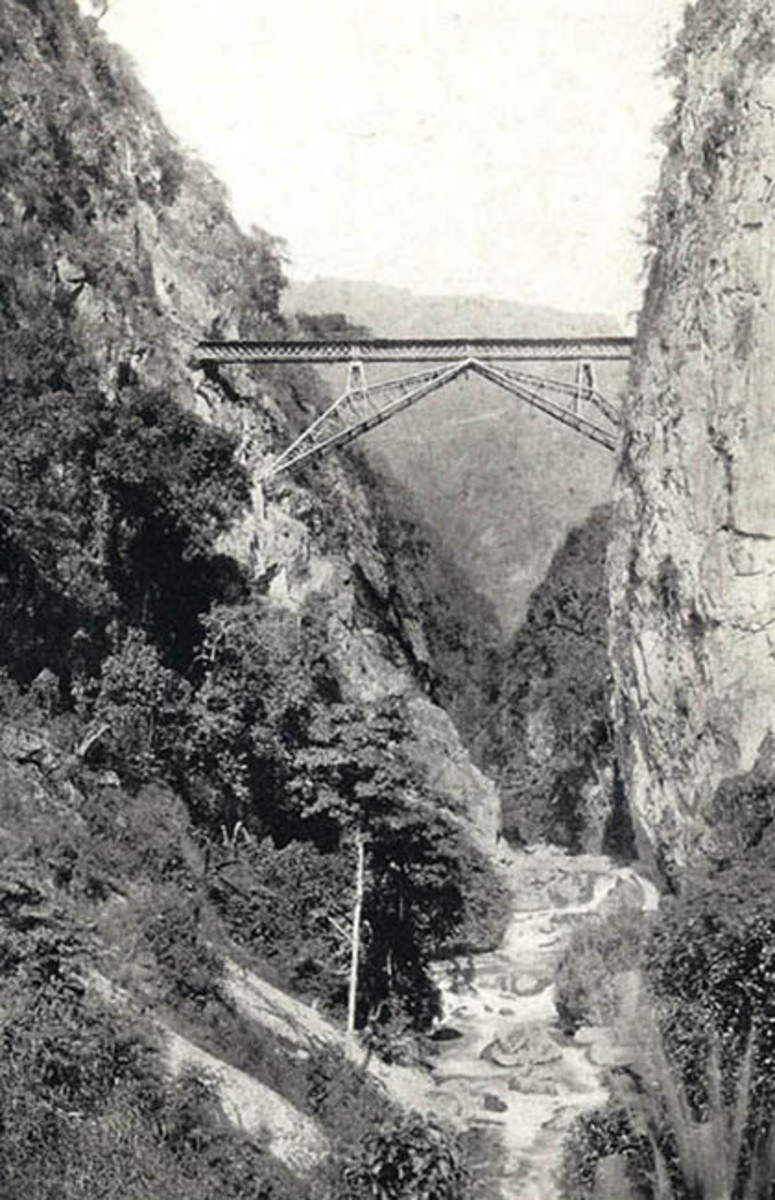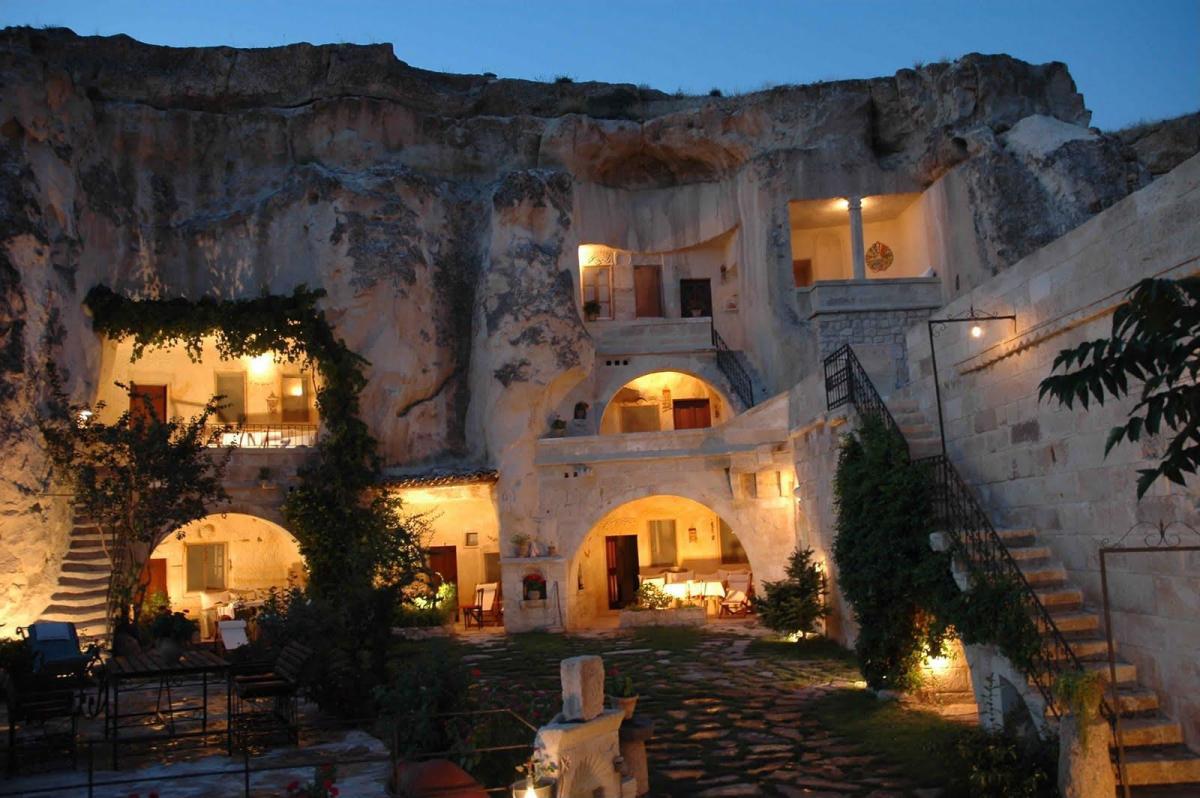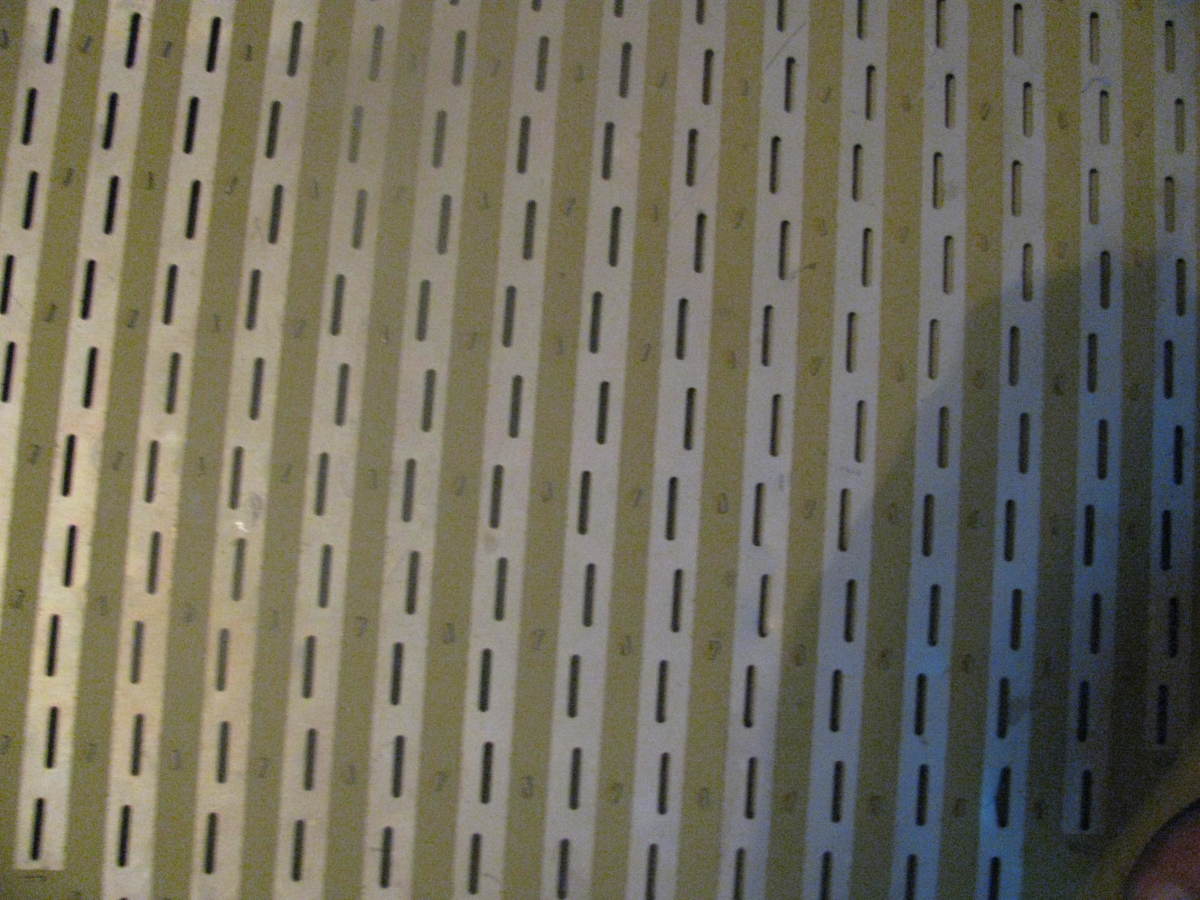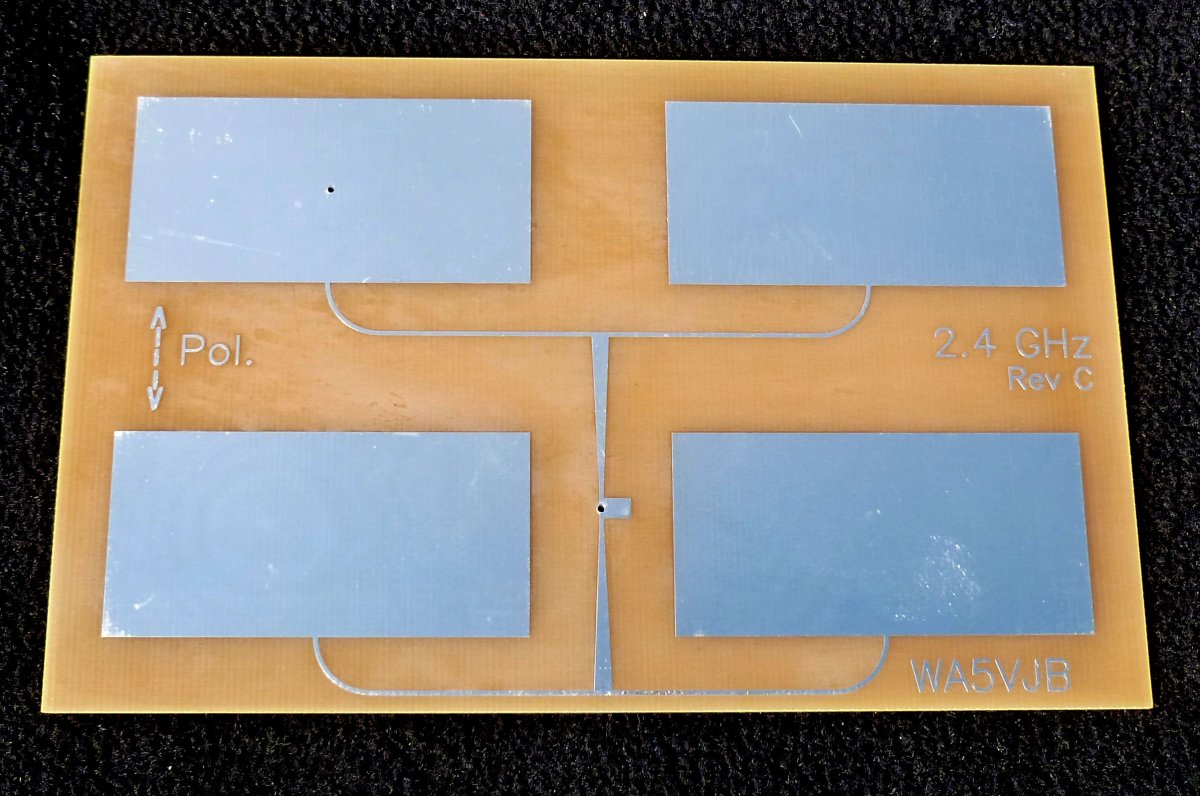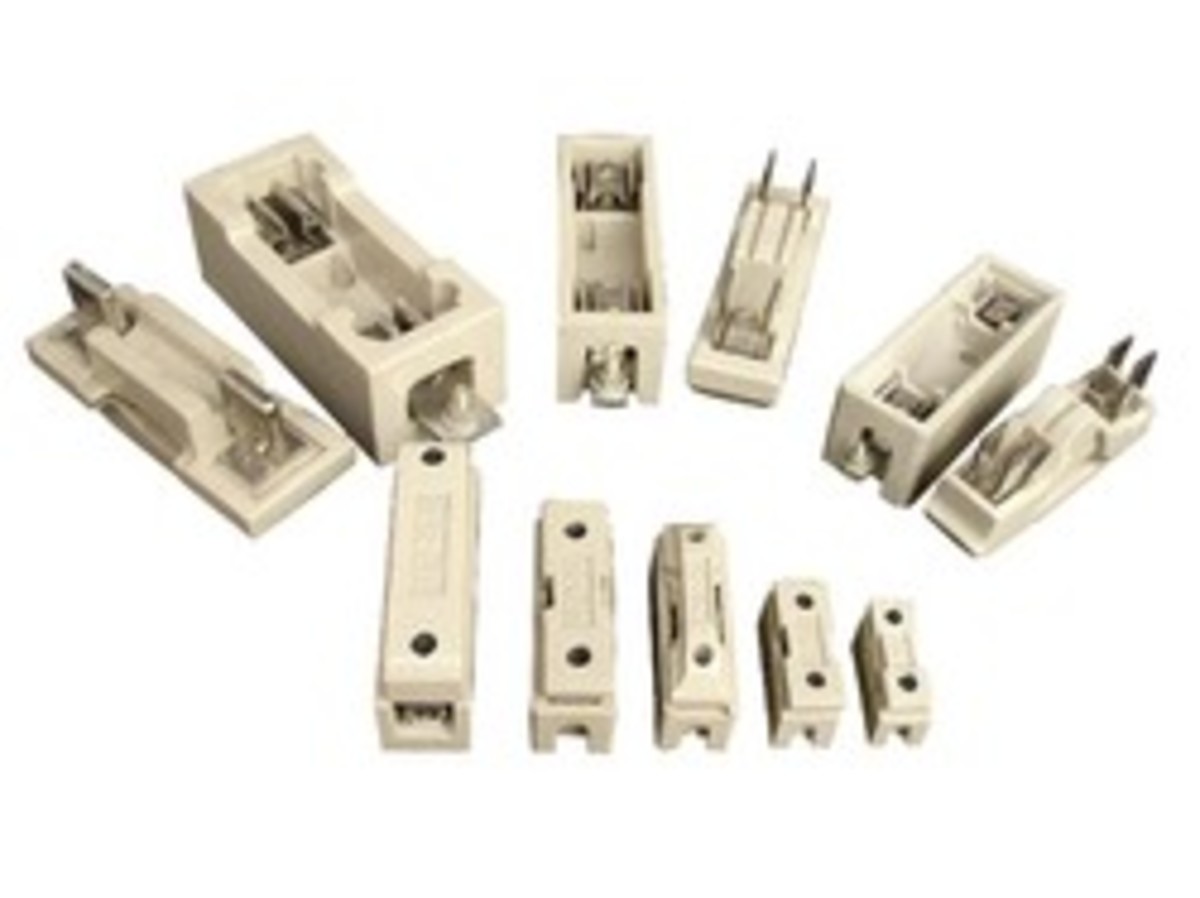The Future of Architecture and Engineering
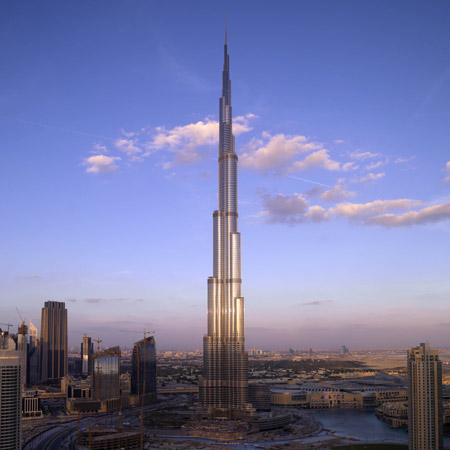
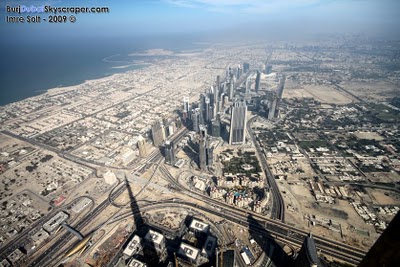
The Burj Kahlifa
Mankind continues to build things bigger and better. As technology moves forward so does mankind's engineering feats. These are always considered a point of pride for the people living around them. It does not matter if it's the tallest building in the world or the worlds largest ball of string. If you live near it, you will have some pride in it. Here are some of the most notable construction projects in history.
Built in 2010, the Burj Khalifa is the worlds tallest structure and is a construction marvel. It towers above the landscape at 2,717 feet tall, literally dwarfing the other "skyscrapers" around it. It is home to the fastest elevator in the world, which tops out at about 40 Mph. but of course it needs to travel that fast in order to fly up the 162 floors in the building.
The actual cost of this massive endeavor was about $1.5 billion. To make matters even ore expensive, construction was going on right in the middle of the global financial crisis of 2008. The government of Dubai was tapped out at during the construction and was forced to be bailed out by their oil rich neighbors Abu Dhabi. That is why the name was changed to the Burj Dubai, to the Burj Khalifa. Khalifa bin Zayed Al Nahyan is the president of the United Arab Emirates and the emir of Abu Dhabi.
Construction on this project needed the best in technology, from massive cranes to advanced software. After all, the country is still in the middle of the desert, built up from the sand. The construction also needed thousands of workers for the project. 7,500 workers to be exact. These workers came from all over the world and none were native emirati. The project also must have employed some fantastic construction management personnel, because the project was built in record time and on schedule, which is a massive accomplishment in and of itself.
This tower will forever be a symbol of how far we have come in the the engineering world. It also makes one wonder just how far we will be able to go in the future. Technology gets better all the time, so years from now this hub might be focused on an even bigger building on another side of the world.
Burj Khalifa Base Jump
Prefabricated Architecture & the Future of Construction
Speed, new technology and manufactured components are the future of construction. And these components are being put into use today with dramatic results. One notable example is the 57-story office and apartment tower, able to house over 4,000 people, that recently went up in a mere 19 days in China.
Use prefabricated materials and the most advanced technology, builders can hit the ground running with entire bathrooms coming to the site prebuilt and entire sections of hospitals put in place in days. Here a look at why prefabrication is coming into its own, and how it is changing workflow on construction sites.
57 Stories in 19 Days!
Advances in Prefabricated Architecture
Newer technologies area the driving force behind prefabricated architecture extensive use in new projects. These technologies include 3D printing, additive manufacturing methods, robotics, CNC innovations and laser scanning. All levels of these projects are making use of better communication and connectivity to engage in extensive collaboration and information sharing.
The resulting structures come in a range of looks and styles. Prefab no longer means that every unit looks the same, as the individual building components can be greatly customized despite being manufactured off-site. These prefab concepts can today be used for homes, office towers, hospitals, and a variety of other buildings.
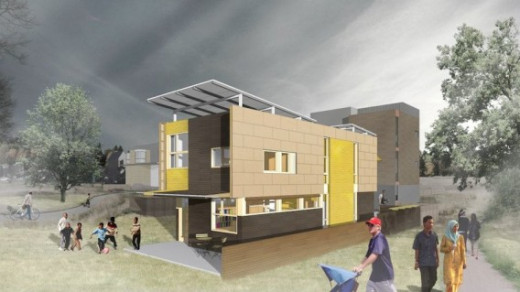
Unskilled Labor and Smaller Footprints
In 2012, architecture firm Miller Hull designed and unveiled plans for their “House of the Immediate Future” to be built in conjunction with Habitat for Humanity and prefab manufacturer Method Homes.
The concept behind these homes was a two-part system whereby the more complex plumbing, electrical, and HVAC systems for kitchens and bathrooms would be prefabricated off-site by Method Homes, while the exterior wall paneling and basic structural components of the buildings would be constructed on-site by unskilled volunteers from Habitat for Humanity.
The ribbon-cutting for the prototype home, located in Seattle’s Rainier Valley, occurred in October of 2013. Though the design was never built at scale, the project demonstrated the potential of using a mix of prefabricated materials and basic construction techniques to build fully-functioning homes quickly and inexpensively.
Energy Surplus
In Australia, prefabricated materials have been used in the Carbon Positive House, a prefabricated home that is so energy efficient, it creates more energy than it uses. A recent article on Domain.com.au explains that the structure accomplished this carbon-positive goal through the use of a green roof, cooling tubes in the ground, and garden walls that are edible.
The house is small, comprised of just one bedroom and one bathroom, with a kitchen, living room, dining room, sunroom, and laundry area. This new breed of prefabricated homes could be marketed to prospective buyers as a solution for holiday homes in the country or as a cost-efficient option even first home buyers according to the report.
Prefab: Here to Stay
Most modern design schools are now teaching the concepts behind prefabrication, a reality that wasn’t necessarily true a decade ago. Architects are learning the advantages of pre-assembled components, manufacturers are innovating more advanced and efficient ways to produce them, and construction workers are morphing into assemblers.
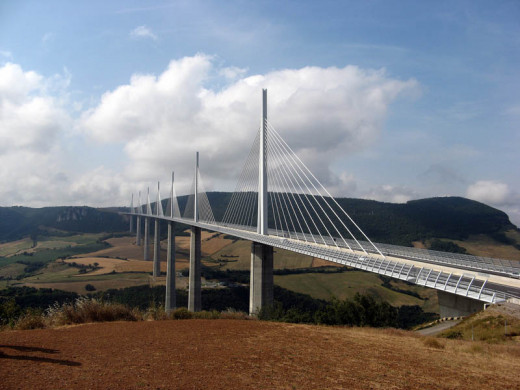
Millau Viaduct
This is one arguably the greatest engineering feat in the last decade. Not only is it the world’s tallest bridge, it really is marvel to see. It stands 343 Meters above the ground and spans 2460 meters across. Michel Virlogeux, who is a structural engineer and Norman Foster, a British architect, designed the bridge. Total cost was estimated at €400 million and was opened to traffic on December 16th.
A little history of the bridge: Every bridge is usually built to help people either get across water, across mountains, and to help solve traffic. Well this bridge was no different. There were problems with traffic from Paris to Spain, and this was the reason for the bridge to be built across the valley.
Besides being the tallest bridge in the world, it broke several more records. It broke the highest pylons in the world, with pylon 2 (P2) being 244.96 meters (803 ft 8 in). It is also the highest road bridge deck in Europe, 270m (890 ft) above the Tam River. The bridge is located the territory of the communes of Millau and Creissels, France, in the département of Aveyron and finishes in Spain. Also if you were wondering, this bridge is taller then the Eifel Tower.
Drive Across The Bridge
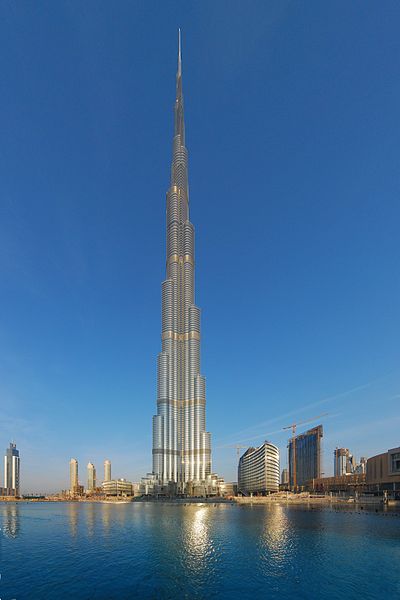
5 Tallest Buildings In The World
Burj Khalifa
Location: Dubai, United Arab Emirates
Height: 2,722.57 ft.
Year Built: 2010
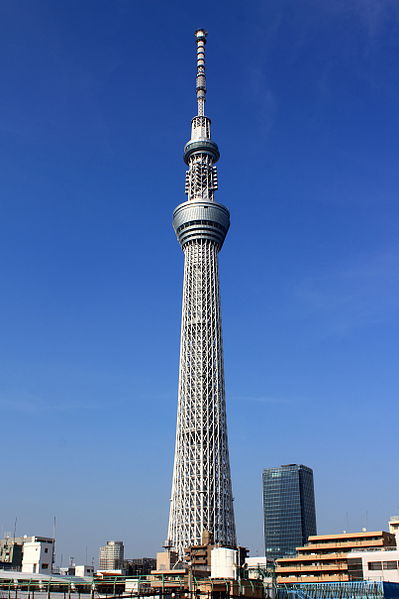
Tokyo Sky Tree
Location: Tokyo, Japan
Height: 2,080 ft
Year Built: 2011
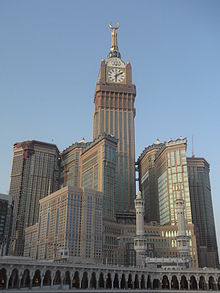
Abraj Al-Bait
Location: Mecca, Saudi Arabia
Height: 1,972 ft
Year Built: 2011
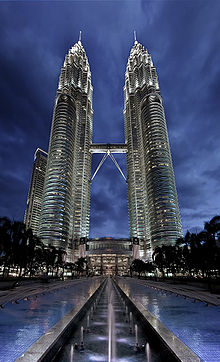
Petronas Towers
Location: Kuala Lumpur, Malaysia
Height: 1,482 ft
Year Built: 1998
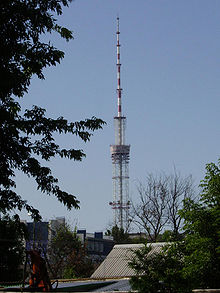
Kiev TV Tower
Location: Kiev, Ukraine
Height: 1,263 ft
Year Built: 1973
30 Story Building Built In 15 Days
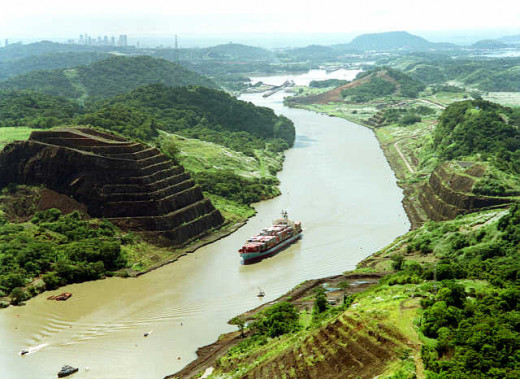
Panama Canal
Here's an engineering feat that has always amazed me. I traveled to the Panama Canal last summer and let me tell you, this is really something you have to see in person to really grasp the awesomeness of it. The Panama Canal was built almost 100 years ago and is still engineering marvel. This started off being built by the French in 1880 and was finished by America in 1914.
The project consisted of 40,000 workers moving enough dirt to bury the entire island of Manhattan 12 feet deep. Over 25,000 workers perished in the process, many due to tropical diseases, and the project cost the U.S. government somewhere around $375 million. The canal is fifty miles long and takes ships through a channel from one ocean, into an artificial lake, and out another channel to the other side.
Three sets of locks draw water from that artificial lake to raise and lower boats, ranging from small yachts to giant freighters, over a total elevation change of 85 feet. With each transit, the canal loses 52 million gallons of that fresh water to the ocean. With 13,000 to 14,000 passages each year, that's a lot of water.

The Pyramids
How were these built? Who built them? Aliens maybe?
Well we believe that the Egyptians built these over 4,000 years ago, but we still cannot figure out exactly how they did it. Built by commoners, the pyramids were intended as crypts for the kings and their construction was a massive effort.
As many as 30,000 workers may have toiled at Giza, pushing and pulling stones up ramps and possibly floating limestone and granite along the Nile River from distant quarries. The Great Pyramid at Giza may have taken as little as 23 years to be built, which isn’t too bad because it was done without machines. The Egyptians built over one hundred pyramids during their thousand-year pyramid-building age. The pyramids’ perfect shapes and lines still continue to amaze architects and engineers to this day.



